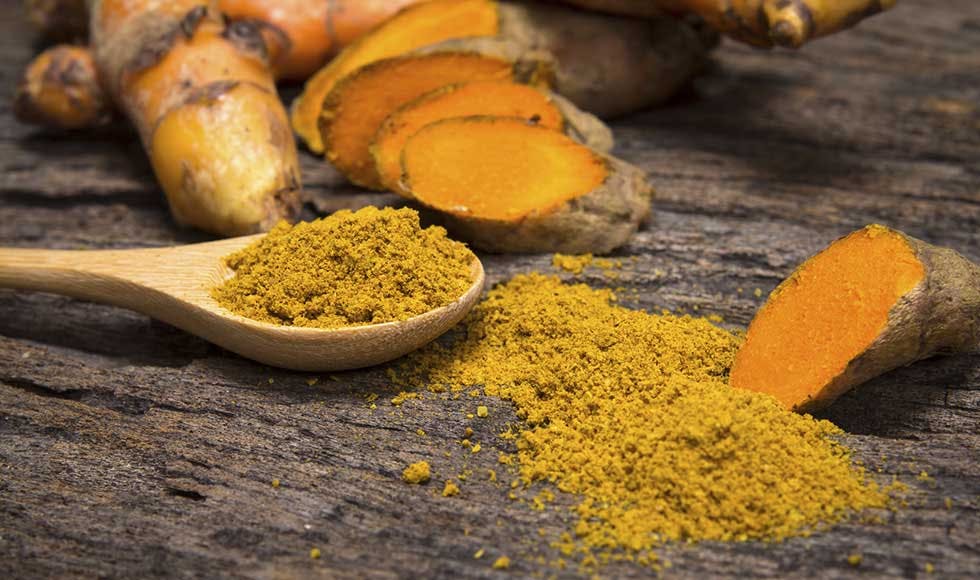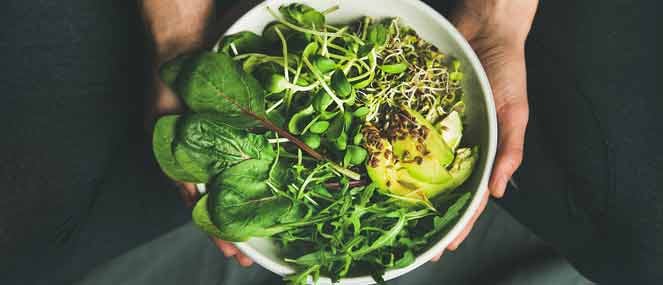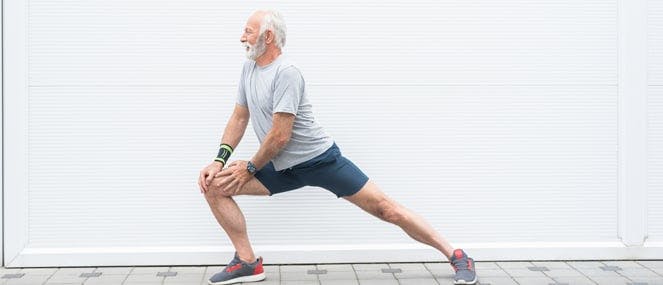
- Health hub/
- Arthritis, joint, bone & muscle/
- Osteoarthritis: Causes, Symptoms & Treatment


Osteoarthritis is characterised by joint pain, stiffness (especially after periods of rest), swelling and tenderness. The affected joints may also have a diminished range of motion.
The symptoms may interfere with the sufferer’s ability to participate in the basic activities of daily living, such as walking around and using household utensils.
Osteoarthritis develops slowly and is most common in older people , but is also seen in the young.
Bony growths or spurs may develop on the margins of affected joints. There may be audible cracking or grating noises when the joint moves.
Osteoarthritis is associated with loss of the cartilage in a joint.
Risk factors include getting older, being overweight or obese, a history of injury or trauma to the affected joint, and participation in sports or occupations that involve repetitive stress to the affected joint . For example, osteoarthritis of the knee commonly occurs in people whose occupations involve kneeling or squatting.
- Glucosamine is the major building block of aggrecan, the compound that’s responsible for the resilience and shock-absorbing properties of cartilage. Glucosamine helps reduce cartilage wear in osteoarthritis and decreases the progressive deterioration of the joints.
- In osteoarthritis, glucosamine has been shown to improve joint function. It reduces symptoms of pain, swelling and joint inflammation.
- Chondroitin sulfate plays an important role in the lubrication and nutrition of the joint and aids in the manufacture of glycosaminoglycans, which are key structural components of cartilage. In particular, chondroitin sulfate helps cartilage to resist compressive loads (such as may be involved in weight-bearing exercises such as running). Additionally, it may help to protect cartilage from deterioration by inhibiting enzymes involved in cartilage breakdown.
- If you suspect you’re suffering from arthritis, prompt diagnosis will determine the type, and therefore, the right form of treatment and most appropriate changes to your diet and lifestyle. Talk to your doctor for more information.
- Include plenty of omega-3 oils in your diet in order to take advantage of their anti-inflammatory properties. Good sources include fish (and fish oil capsules), ground flaxseeds also called linseeds (and flaxseed oil capsules), canola oil, and walnuts.
- Being overweight has a negative effect on your joints, forcing them to bear a greater load. Work with your healthcare professional to devise a diet and exercise regime that allows you to achieve a healthy body weight without aggravating your arthritis.
- Exercise is important for osteoarthritis sufferers and helps to improve mobility, flexibility, posture, muscle strength and balance, while also aiding the management of symptoms such as stress, pain and fatigue. Aim for a combination of activities that improve your flexibility, increase your muscle strength, and support your aerobic fitness.
- Low impact forms of exercise such as swimming, walking, aquarobics, weight lifting and cycling may be particularly beneficial.
- Don’t start a new exercise programme without first talking to your healthcare professional. Your physiotherapist or exercise physiologist may prescribe specific exercises that are tailored to your personal needs.
- Don’t overdo it. Continuing to experience joint pain two hours after you’ve finished exercising is an indication that next time you need to take things more easily.
- Stop your exercise session if it causes excessive or unusual pain.
- Skeletal misalignments may aggravate arthritis by increasing the pressure on your joints, so treatment from a chiropractor or osteopath may be beneficial for you, and in some cases orthotic insoles may also be helpful.
- Ask your doctor or occupational therapist about specialised household gadgets that have been adapted for ease of use by patients with arthritis.
Exercise is important in both the prevention and treatment of arthritis . It improves muscle strength and maintains mobility.
Overweight and obesity also affect the weight bearing joints, which become irritated and stressed by having to carry too much of a load.
Correct posture is also important in avoiding body weight to be distributed unevenly.
- Symptoms that appear to be arthritis may actually be indicative of other underlying health problems, so it’s important that you see your healthcare professional for a diagnosis.
- In severe cases of osteoarthritis, joint replacement surgery may be necessary.




